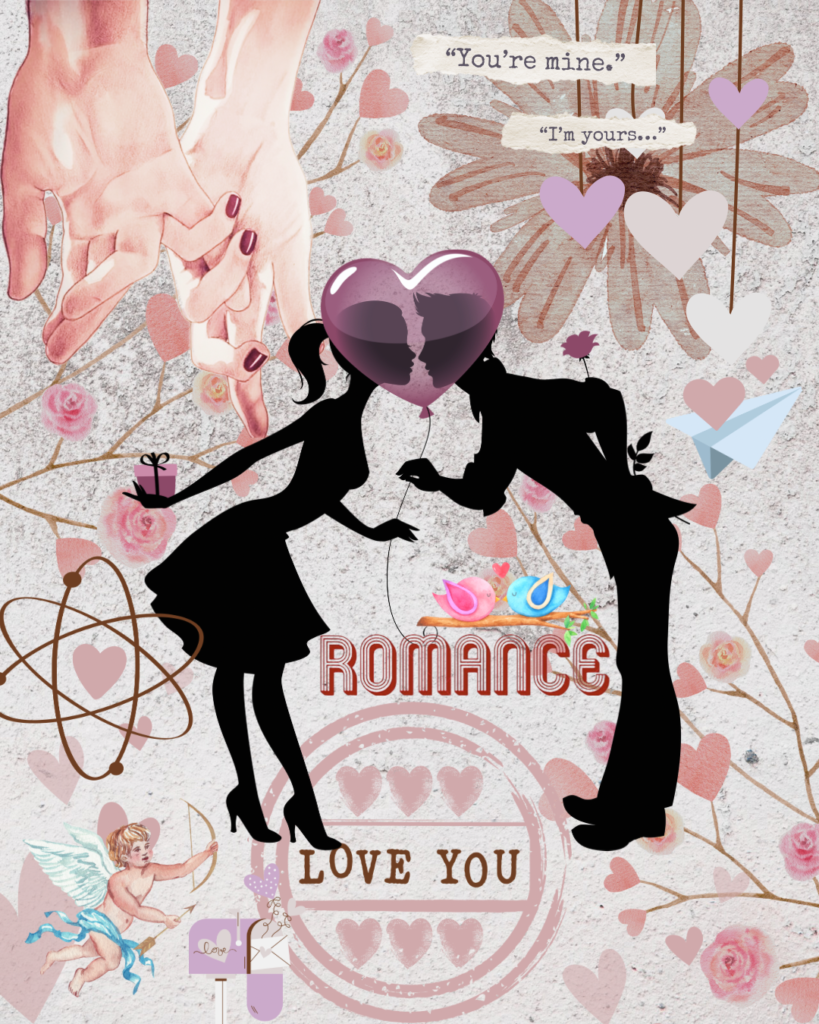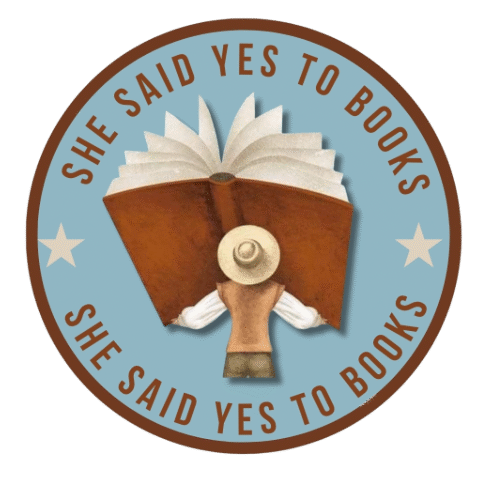New to Reading Romance Novels?
This is a quick guide to romance genre:
Though romance is one of the most popular genres, it is also one of the most misunderstood. You might even find that some of your beliefs about romance are based on stereotypes or misinformation. This guide will help you learn more and clarify any questions you may have about this genre.

What is Romance Genre?
A romance novel or romantic novel is a genre fiction novel that primary focuses on the relationship and romantic love between two people, typically with an emotionally satisfying and optimistic ending.
What’s the difference between a love story and a romance novel?
While a romance novel needs a love story, a love story isn’t always a romance. It might surprise you to learn that Nicholas Sparks, author of “The Notebook,” doesn’t call himself a romance writer. Instead, he said he writes love stories. “Love stories usually end tragically or, at best, on a bittersweet note,” Sparks said. “Romance novels usually have happy endings.”
* Within the romance genre, there are several sub-genres that organize romance books by specific categories: *
Contemporary: the largest subgenre —they are set in the time when they are written, and usually reflect the mores of that time.
New Adult: it’s about characters in the 18-30 age bracket.
Young Adult: they are romance novels where young adult life is centered. These books are usually written for readers age 12-18.
Historical Romance: the plot takes place in a setting located in the past. It is similar to Contemporary Romance in terms of the romantic development between the characters, but the behavior, dialect, and attire might be different or traditional. It reflects the lives of people in that time period.
Fantasy: it takes place in a different world and consists of magical elements. The fictional world has its own history, politics, culture, and attires.
Romantic Comedy: it includes romance books where humor is central to the progression of the gstoryline as well as the romantic connection and happily-ever-after ending.
Romantic Suspense: the romance between the characters revolves around the suspense or mystery that they are trying to solve.
Chick lit: chick lit or chick literature is named after the readership it attracts (women in their twenties and thirties), and it is said to be inspired by the 1996 novel Bridget Jones’s Diary. Some of the dominant themes of chick lit are a single woman’s journey through career, high-powered work environment, personal life, relationships, motherhood, and parenting.
Erotic: they are characterized by strong sexual content, but can contain elements of any of the other romance sub-genres.
Gothic: the gloomy atmosphere surrounding the story will be as important as the house itself. Filled with secrets and mystery. You can expect to find a manor, a secret, a curse, and a romance story at the center of most gothic romance. The romance story should be the musical director of this grand gothic orchestra.
Dark Romance: it deals with the darker elements of life. There are often trigger or content warnings for some readers. Main characters often portray morally grey behavior which may include violence or abuse.
LGBTQ+: romance books that include main characters who identify as LGBTQ+. It includes MM romances, FF lesbian/sapphic romance novels.
* In addition to romance books organized by categories by these sub-genres, they may also fit a specific romance trope. *
A romance trope is a plot device or theme used within a romance novel giving a recognizable starting point to the story that a reader can recognize.
A Romance Trope List for You:
Abduction to love
Rivals to lovers
Accidental pregnancy
Age gap
Alpha male
Amnesia romance
Arranged marriage
Athlete
Bdsm
Best friend’s sibling
Bet romance
Billionaire
Bodyguard
Boos/employee romance
Bully romance
Celebrity romance
Cinnamon roll hero
Cowboy
Enemies to lovers
Exhibitionism
Fake dating
Forbids love
Forced proximity
Found family
Friends to lovers
Friends with benefits
Grumpy X sunshine
Love triangle
Mafia
Marriage of convenience
Matchmaker romance
Military romance
Right person, wrong time
Mistaken identity
Motorcycle club
Nanny romance
Neighbors to lovers
Workplace romance
One bed
One night stand
Pen pals
Politician
Polyamory romance
Reality TV romance
Revenge romance
Reverse harem
Road trip romance
Rockstar
Roommates to lovers
Royalty
Second chance
Secret baby
Secret identity
Secret illness
Slow burn
Start crossed lovers
Step siblings romance
Single dad/mom
Sports Romance
Surprise pregnancy
Taboo romance
Teacher/student
Time travel
Tortured hero/heroine
Trapped together
Unrequited love
Vampire
Virgin
Voyeurism
Wedding planner
Werewolf
Widow
Witch
Some Myths About the Romance Genre.
Only Women Read Romance
Women have traditionally been the primary readers of romance novels, but according to the Romance Writers of America, 16% of men read romance novels.
Romance Isn’t Real Literature
There are works of literary fiction that could also be considered romance novels, and some classic romances are just classics, period — like “Pride and Prejudice” by Jane Austen.
Romance Novels are All the Same
Tropes aside, romance can also overlap with historical fiction and thrillers genres like dystopian, fantasy and science-fiction. The notion that all romance novels are the same also discounts the variety and possibility within these genres.
Romance Novels are Always Erotica
There are plenty of romance books that keep things PG, some dismiss the genre due to an assumption that all romance books are erotic.

